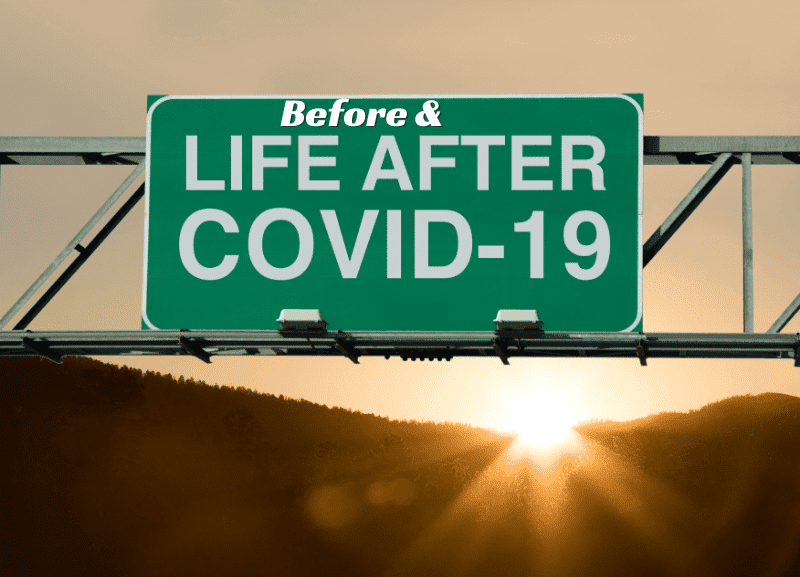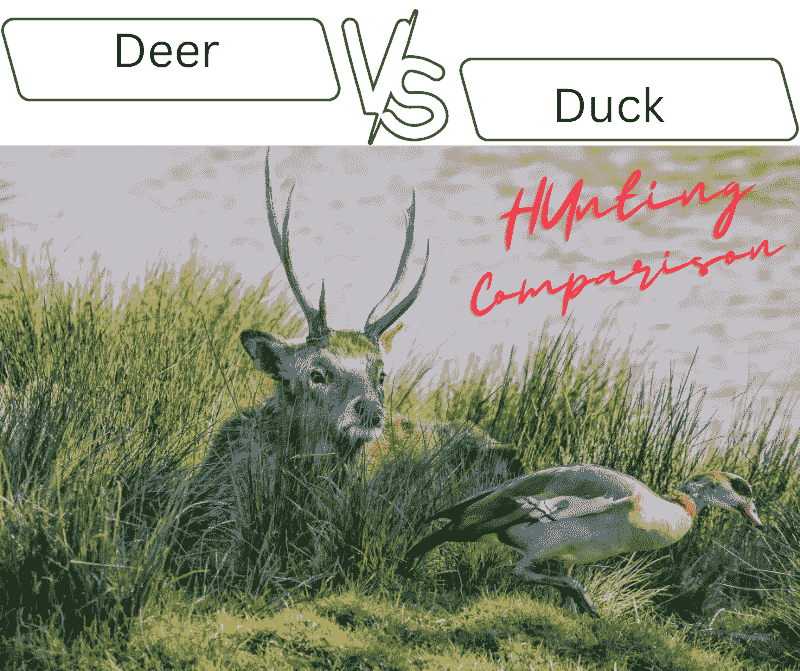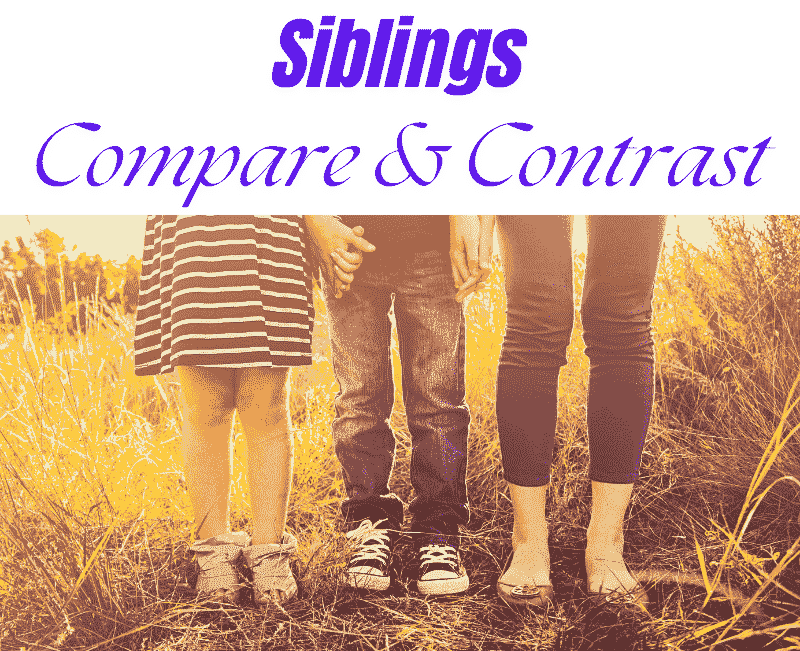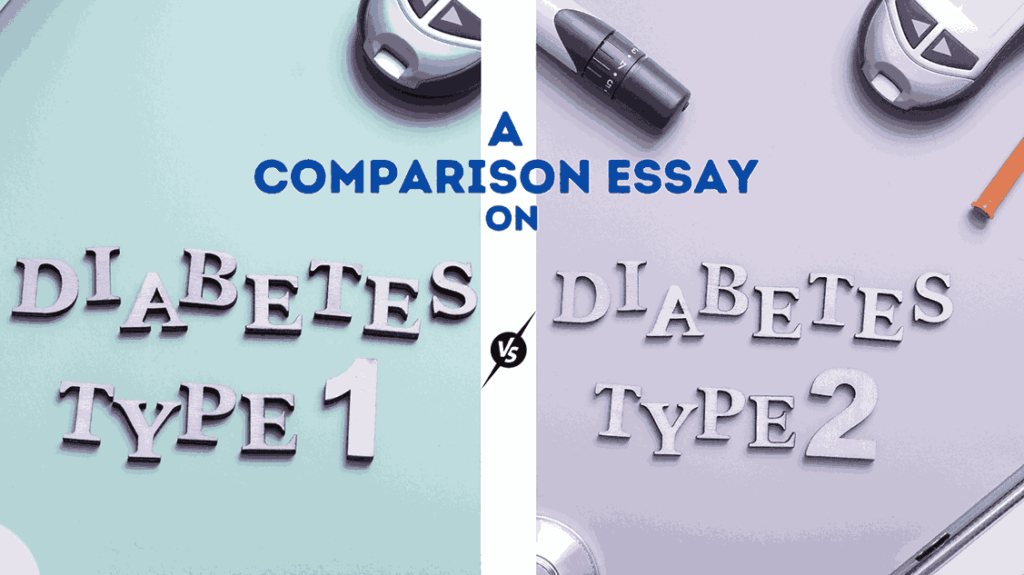a). The leadership style Richard Branson exhibit is transformative. He is working under the broad vision and motivating employees to dream big. He achieved his dreams, and some examples of it are Virgin Galactic Venture and telecommunication companies. He made success and set an example for the business world due to his high risk-taking nature. In 1972 Virgin Records was established, and the story behind its foundation was a singer Mike Oldfield, who produced a song with no lyrics, and this was a big gamble that became high selling. Branson focuses on bringing fun at the workplace because he thinks it motivates workers, and productivity improves. He guides others and listens to others. His established values have removed barriers to incorporate hierarchy, and he encourages employees to use their skills. He believes that workers are required to act rapidly and manage a dynamic environment (Coffey, 2009). He respects every employee and values them because it increases productivity. According to Branson, leadership is measured with results, and relations with stakeholders should be good. His relation with employees, customers, and politicians are good because he believes they have ethical and moral expectations from a leader.
b). Terry Gou is the worst example of a leader due to his thinking and culture. The management practices under his leadership are not fun, and due to this extreme pressure, about 11 suicides are estimated. The harsh nature of work and pressing working conditions are key de-motivating factors for employees. Terry Gou is harsh and rigid for work because Apple Company has selected his company to manufacture for them. His style of leadership is secretive because new product launches are not exposed. He wants his employees a military-style culture and precision that control them tightly. He follows an old model of leadership with martial style. His favorite hero is Genghis Khan, and he follows his leadership approach that prefers a harsh environment for work and paying workers low. In his company Foxconn, employees have to work on 24 hours shift when there is a big order of Apple and urgent demand. Workers are given a minimum wage rate, have to work overtime, and there is no consultation with them regarding a job(Barnett & Arnold, 1989). Gou also signs a contract with workers to absolve the company if they commit suicide. Repetitive and boring jobs are of no more fun for workers.
2.
The path-goal leadership style theory is about specifying the behavior of a leader that fits with the work environment. This behavior is adopted to achieve a goal and increase the employee’s motivation. The empowerment, productivity, and satisfaction of employees are achieved through this way. Path goal theory links to the expectancy theory that discusses individuals with a certain expectation to get an outcome. It is the best process to understand that leaders choose specific behaviors of employees that suit the company’s needs. This is achieved by guiding the employees through a path under work activities. The four path-goal types of behaviors exhibited by leaders are directive, supportive, achievement, and participative.
The directive style of path-goal behavior links to employees’ responsibilities. It informs followers what to do and how to do it. This is effective when employees do not know what to do, and there is a lot of uncertainty in work. Supportive is the second path-goal type of behavior; Branson exhibits this kind when he makes work fun for employees and allows them to leave when they need, believing that it will increase their productivity (Barnett & Arnold, 1989). The supportive style is to show concern for them. Branson also shows participative and achievement style, for example, Branson developed Virgin Records, it is an achievement. He sets challenging goals and seems professional in the work setting. Branson exhibits more than one of the leader behavior under path-goal theory.
Terry Gou acquires two styles of leadership behavior, i.e., directive and participative. He informs employees to do certain kind of a job and make them work overtime. He allows workers to work more than 24 hours and meet the urgent order demands. However, he only does this for the organizational purpose and does not consider the wellbeing of employees and not focus on scheduling their work (Schaible-Brandon & Muth).
Terry also exhibits some part of the participative style, only let workers do work but does not consult them. For instance, to meet the demand from Apple, in the Chengdu plant of manufacturing, it is written for workers to work hard today or tomorrow they will work hard to find a new job. The path-goal theory is applicable but only in a limited sense.
This is Izzah, a content writer and editor who creates SEO-friendly content and has experience in academic writing. Backed by 10 years of experience in writing and editing, she is equipped with the skill to create content that is backed by thorough research and has impeccable structure.






